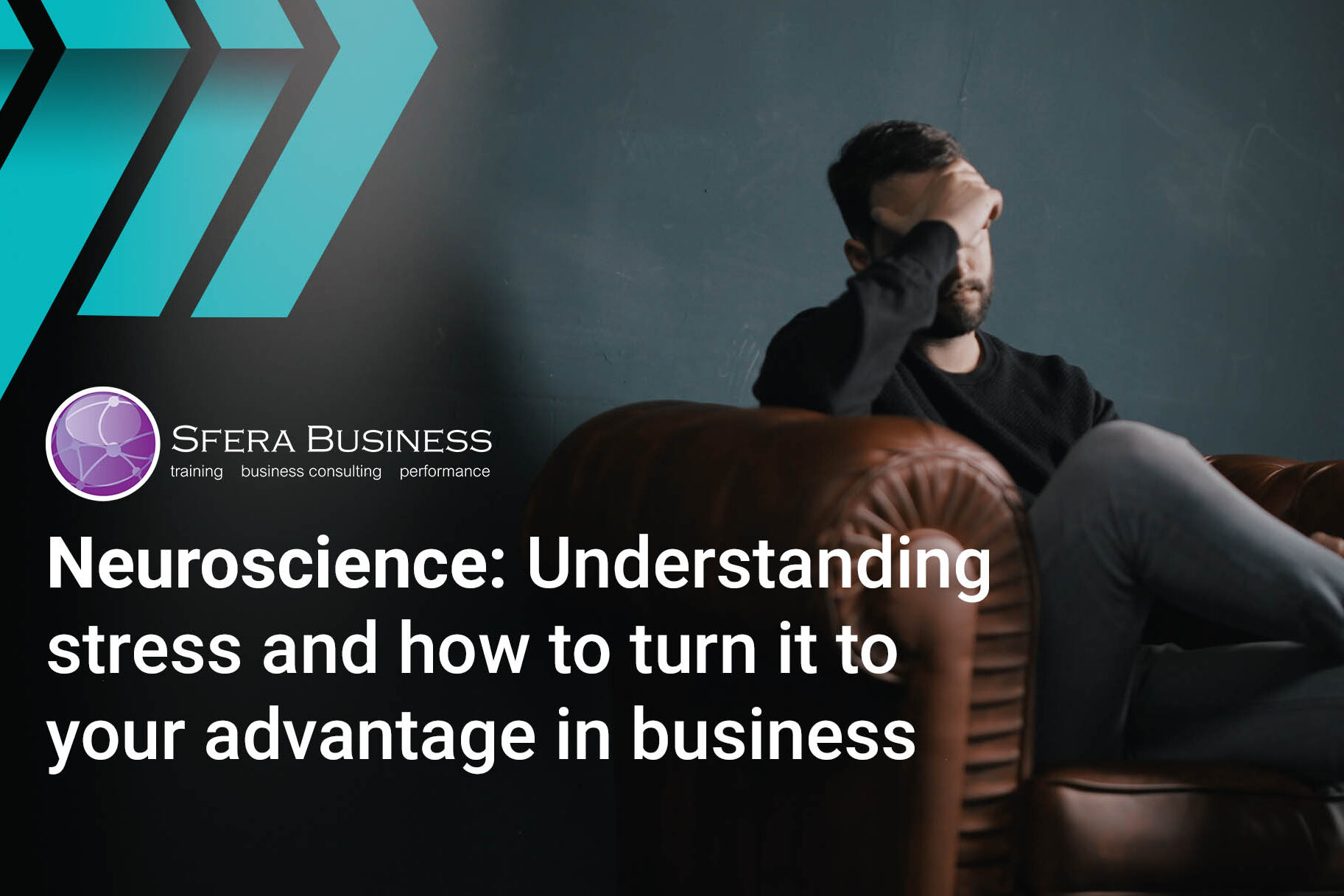– Adriana González Gil
In any context, a stressful situation can trigger a cascade of hormones that in turn produce well-orchestrated and measurable physiological changes. Some of these changes can be your heart pounding or quickness of breath, as well as having tense muscles and perspiration.
This combination of reactions to stress is also known as the “fight-or-flight” response because we developed it as a survival mechanism, enabling people and other mammals to react quickly to life-threatening situations. It is mediated by a hierarchical system involving cortical, limbic, and brain-stem structures. This subconscious and uncontrollable yet near-instantaneous sequence of hormonal changes and physiological responses helps someone to fight the threat off or flee to safety. Unfortunately, the body can also overreact to stressors that are not life-threatening, such as traffic jams, work pressure, and family difficulties.
Over the years, researchers have learned how and why these reactions occur and developments in biometric tools have helped us be able to measure them in any situation in order to understand their triggers and how to avoid them. In Sfera Business we use applied neuroscience to understand the elements in any marketing action or communication situation that can trigger stress by, for example, measuring the Autonomic Nervous System’s reaction of elevated sweating or using tools like EEG devices to get the information directly from the parts of the brain that regulate stress.
How it happens
The stress response begins in the brain. When someone confronts a dangerous situation, the senses send the information to the amygdala, which interprets images and sounds and, when faced with (perceived) danger, instantly sends a distress signal to the hypothalamus. Both of these brain structures are in the “limbic brain”. This part, responsible for emotional processing, when activated at the same time as the reptilian brain (like the before-mentioned brain-stem), makes all reason become secondary. We make most of our decisions subconsciously and an event that triggers the limbic brain will have a big impact on decision making.
The hypothalamus is a bit like a command center. This area of the brain communicates with the rest of the body through the autonomic nervous system, which controls such involuntary body functions as breathing, sweating, blood pressure, heartbeat, and the dilation or constriction of key blood vessels and small airways in the lungs called bronchioles. This system both provides the body with the burst of energy needed to respond to the perceived danger and calms the body down after the danger has passed.
All of these changes happen so quickly that people aren’t aware of them. In fact, the wiring is so efficient that the amygdala and hypothalamus start this cascade even before the brain’s visual centers have had a chance to fully process what is happening. That’s why people are able to jump out of the path of an oncoming car even before they think about what they are doing.
How does this affect your business?
Once we understand that stress produces quick subconscious changes in our bodies and affects our behavior we have to know that the previous examples go to the extreme to illustrate easily what happens. As we said before, no real danger is needed to trigger stress. It’s a matter of perception and subtleties.
Situations like work pressure, an inconvenient disposition of items in a store or complicated instructions can trigger, to different levels, the same reactions. Over-simplifying it, even spending too much energy on one task will unsettle the “survival” instinct in our body, which wants to do things as easy as possible to save energy and stay alive.
Recently, Florin Glinta and I wrote an article for “Revista Piata” about what we can learn from this pandemic regarding emotion management. He, as an organizational psychologist, elaborates on what we can do to understand and manage the negative emotions triggered by this pandemic in the workplace. I, on the other hand, provided the insight of understanding the emotions of our clients to adapt what we do to them.
For example, after months of isolation and with the growing fear of contagion through human contact, simple situations as going through a crowded aisle of the supermarket or having to grab a product to understand what it’s about can become stressors, and without people knowing it, decrease their willingness to buy or directly influence the choice they make between different options.
For many of us who have migrated to teleworking this might also affect our online behavior. The situations of socialization in our daily life were reduced, and we’re in front of a screen all day long, in most cases even longer than we did before. So, when facing the need to buy something on any online retailer, people may want more than ever to be as fast as possible.
What’s important is that all of these hypothetical situations are just that, hypothetical, until we measure them to understand exactly what stressors our consumers feel when interacting with our brand, and now that we know that there are clear automatic responses in our body, we can measure them scientifically. For example, we can measure the Galvanic Skin Response of people (the micro-changes in sweat) to understand the total level of emotional “excitation”, or use electroencephalography devices to see the brain activity that we previously described. In the era of information, with companies trying to get as many possible data points from their consumers through digital means, this data can specifically help us modify exactly what drives our consumers away and basically, use stress measurements to our business’ advantage.
To know more about what we can do click on the following link or contact us at adriana.gonzalez@sferabusiness.ro.

